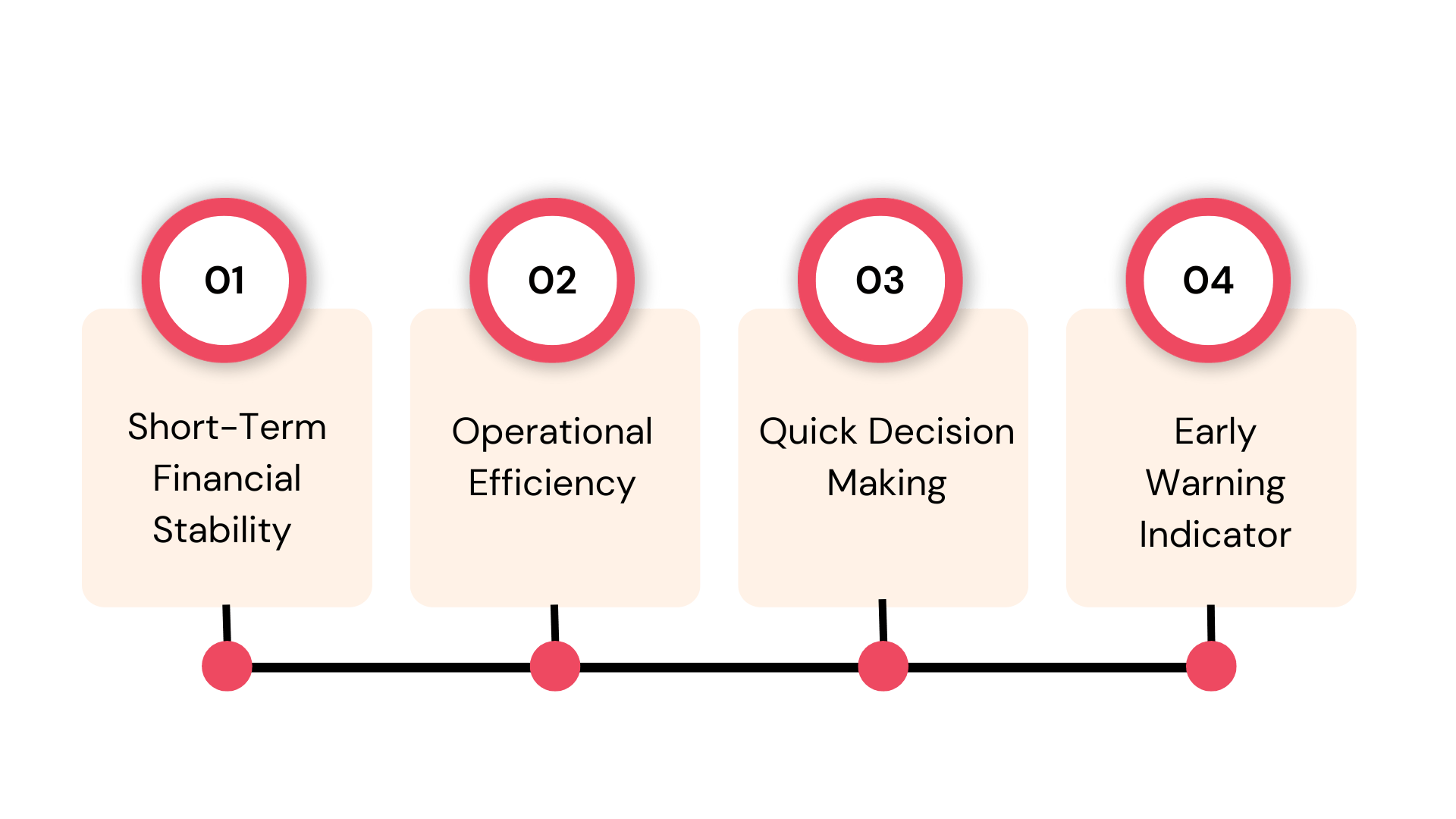Home » PSApedia
Acid Test Ratio
Learn About Acid Test Ratio and get Insights for Sound Financial Decision-Making!

What Is the Acid Test Ratio?
The Acid Test Ratio, often referred to as the Quick Ratio, measures a company’s short-term liquidity position. It gauges the capability of a business to settle its current liabilities without relying on the sale of its inventory. Formulated by subtracting inventories from current assets and then dividing by current liabilities, this metric gives a keen insight into a company’s financial health.
But why should businesses be so particular about this ratio, you ask? Let’s delve into its significance next. Discover more about financial management tools.
Why Is the Acid Test Ratio Important?
In the realm of business, having a grasp on liquidity is paramount. The Acid Test Ratio ensures that a company can comfortably meet its short-term financial commitments, even in situations where sales might slow down.
By excluding inventories from the equation, businesses get a clearer picture, considering that inventory might not be immediately convertible to cash. An Acid Test Ratio of 1 or higher typically signifies financial stability. Curious about the precise formula to calculate this ratio? Let’s break it down.

Why Is the Acid Test Ratio Important?
Calculating the Acid Test Ratio
Formula: Acid Test Ratio=(Current Assets – Inventories)/Current Liabilities
Acid Test Ratio=Current Liabilities
Example: Imagine Company X has $100,000 in current assets, $30,000 in inventories, and $50,000 in current liabilities.
Acid Test Ratio=(100,000−30,000)/50,000=1.4
This indicates that for every dollar in liabilities, Company X has $1.4 in liquid assets.
Differences Between the Acid Test Ratio and Current Ratio
The Acid Test Ratio and Current Ratio are both liquidity ratios used to assess a company’s short-term financial health. However, they differ in their components and sensitivity. The Current Ratio evaluates a company’s ability to cover its short-term liabilities with its short-term assets by comparing total current assets to total current liabilities.
It includes all current assets like inventories, receivables, and cash. On the other hand, the Acid Test Ratio, often called the Quick Ratio, provides a more stringent measure by excluding inventories from current assets.
It compares only the most liquid assets, like cash, marketable securities, and receivables, to current liabilities. This makes the Acid Test Ratio a more conservative measure, highlighting a company’s immediate liquidity position without relying on the sale of inventory. For in-depth insights on optimizing project financials, you might want to explore this whitepaper.
Using the Acid Test Ratio in Real-Life Scenarios
For instance, if a company faces unexpected financial challenges, a higher Acid Test Ratio indicates it’s better equipped to handle them without selling off inventory. In contrast, a lower ratio might signal potential cash flow issues. Thus, by employing this simple metric, stakeholders can gauge a company’s financial health at a glance.
In real-world applications, businesses often utilize the Acid Test Ratio when seeking loans or investments. Lenders and investors might assess this ratio to gauge the borrower’s ability to repay. A higher ratio can make securing funds easier, ensuring confidence in the business’s financial stability. For more on financial risk management, read our article.
Acid Test Ratio vs. Liquidity vs. Solvency
- Acid Test Ratio: Focuses on immediate liquidity, excluding inventory.
- Liquidity: Refers to how quickly assets can be converted into cash.
- Solvency: Pertains to a company’s long-term stability and its ability to meet all its debt obligations.
While each metric is crucial, it provides a snapshot of immediate financial health, making it indispensable for businesses. For a holistic approach to financial management, consider KEBS’s finance solutions.
| Term | Definition | Example |
|---|---|---|
| Acid Test Ratio | Measures a company’s ability to pay its short-term liabilities without relying on inventory sales. | (Current Assets – Inventory) / Liabilities |
| Liquidity | The ease with which an asset can be quickly converted into cash without significant loss in value. | Cash and short-term marketable securities. |
| Solvency | A company’s ability to meet its long-term financial obligations. | A company’s equity is greater than its debt. |
Ready to Optimize Your Financial Metrics?
Recognizing the importance of financial ratios is just the beginning. To truly master your company’s financial health, adopting robust software is pivotal. KEBS offers a suite of tools, including finance management, ensuring you’re always on top of your game. Dive deeper into your metrics, and never be caught off-guard. SEO paslaugos Aukšta kaina ir jokių garantijų – Optimizavimas Google paieškai

KEBS Finance Management
Ready to explore what KEBS has in store? Contact us or take a demo to witness the transformation.



